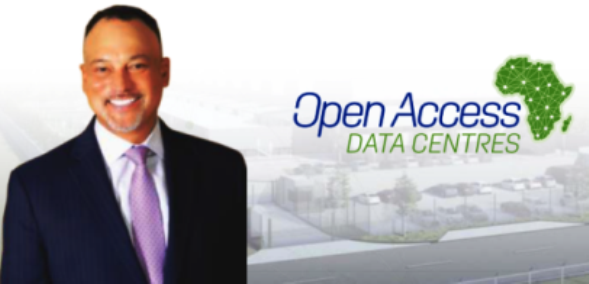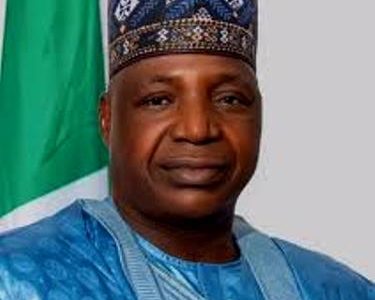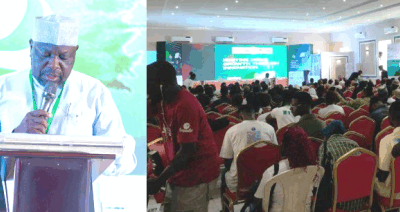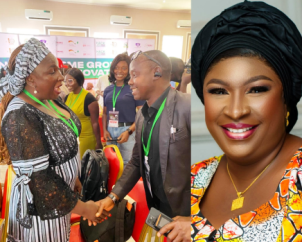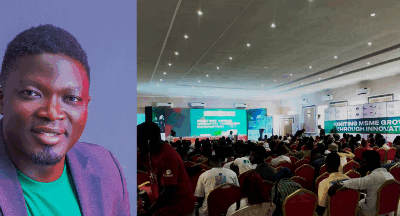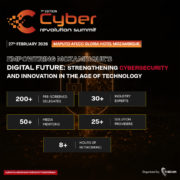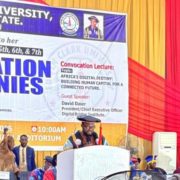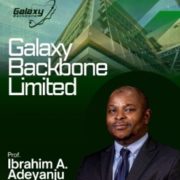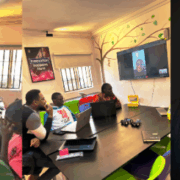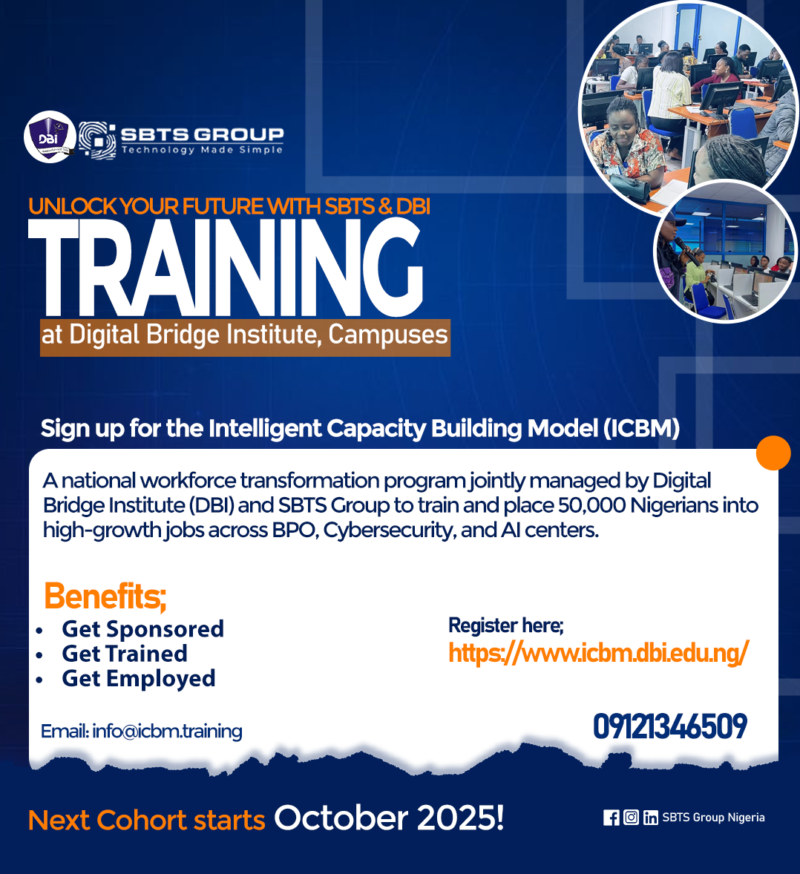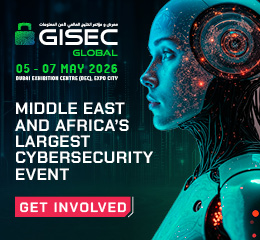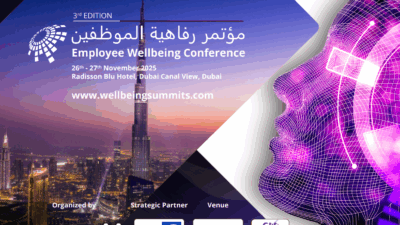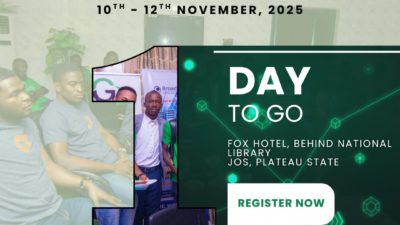Dr. Ayotunde Coker, CEO of Open Access Data Centres (OADC), shares with IT Edge News, Olusegun Oruame, how WIOCC’s open interconnectivity is poised to drive the digital economy by introducing innovative market propositions unique to Africa and the world. He emphasizes the importance of fostering a talent-building culture within countries and corporate entities to bridge skill gaps. Dr. Coker also highlights the positive impact of AI on critical infrastructure project planning, including the development and maintenance of data centres.
How is OADC Nigeria leveraging technological innovation within its data centres to meet the evolving needs of clients and drive industry advancement in Nigeria?
Technological innovation is at the heart of our operation. But also, broadband adoption is very important because that’s where you need the penetration to get the adoption. But if you don’t have the adoption you don’t get the economic benefits. Actually, the things that drive the broadband sits in data centers and data centers need power to operate and they have to operate with the right level of availability to have the right kind of reliability and additional infrastructure. Your question focused on OADC Nigeria with facility in Lekki near Jakande by the seas. It’s a top engineering facility. Critically, it is part of the landing point for the Google Equiano Cable for which WIOCC Group, the parent company of Open Access Data Centres (OADC), is one of the consortium partners.
RELATED: Ready! Set! Go! Galaxy Backbone Tier IV data centre in Kano deepens national digital infrastructure experience
WIOCC Group has two parts to it, the connectivity business and the data center business. Connectivity business has been in place across Africa, over the last 15 years and has been growing. The OADC data center business was set up five years ago, I joined about two years ago. One thing that’s unique is that we are able to bring open access wholesale connectivity together with our data center proposition to build this converged infrastructure. So, you have open connectivity and open networks. Now, WIOCC has a point of presence in every single main data center in the country that also connects all of the cable landing stations on the coast of Lagos and as they appear everywhere else in the country, and has metro network across Lagos and we’re building our national digital infrastructure.
So OADC is a hub for interconnection. The WIOCC’s open interconnectivity will enable the digital economy and that’s an innovation of propositions that we have brought into the market which is actually very unique in Africa, and quite unique in the world. The other thing that we then saw with the last cable cut on the West African coast is that OADC is actually the most network resilient data center in the region. Nigeria’s internet actually was running on OADC pretty much, because we have capacity on Equiano. So when they had the cable cut, we had to provide a significant amount of restoration and the most amount of restoration actually. It became quite clear that the network connectivity and resiliency of the OADC facility in Lagos is huge and significant indeed. So that is from the aspect of innovation and the other one, the reality of how resilient it is.
Now in driving industry advancement in Nigeria, we’ve built a site that is capable of hosting hyperscale companies. We have key global players as clients in the space of content, connectivity and cloud. We’ve done our phase one and now we’re commencing on our phase two, which is a 24 megawatts build out, that hyperscale design is engineered to bring in all of the cloud providers with a comprehensive connectivity and interconnect capability that we have. This actually will significantly drive industry advancement by bringing significant global data into the region, and enabling broadband penetration, that broadband adoption in a very network resilient environment. Do you see what I mean? Once again, we are involved with changing the game and that’s what we have done. We are a key, significant digital infrastructure player across the continent.
The WIOCC’s open interconnectivity will enable the digital economy and that’s an innovation of propositions that we have brought into the market which is actually very unique in Africa, and quite unique in the world.
How does OADC Nigeria contribute to bridging the skills gap in the Nigerian ICT industry?
You see the skills gap in question is a long term strategic play, and has a lot of dimensions to it. People talk about Japa, and it’s a fact of life. When you have strong people with talent in global demand, they will leave and you can’t stop them leaving and shouldn’t. But you do everything to make them stay. We always make sure we’re a great place to work and that’s why we invest in our talent, world class capacity building and training and everything. We also recognize they have global skills base, so we consider them within that context. I think in the ICT industry, we need to think about people in a global context or global skills base, we don’t have a choice. But around the world people are leaving and moving. It’s not just a Nigerian thing. People are moving from country to country across Europe; Nigeria to Europe; Europe to the US; US to Canada; it’s just what happens. So what we need to do is to make sure that we secure the core of the talent we have and we build the talent to core standards.
What we do is to make sure that we have a talent building culture – that means we can grow people. So to that end, we really engage with the talent pool for want of a better term, from NYSC level into entry level. And a program is underway that allows us to bring that talent in, grow them, some will be retained to do what we need, some will not meet the ultimate cutoff points, after a year or so but still at a point where it fits into the rest of the economy. What I realized actually is that the raw material of people and talent that we have is really very strong.
How much of AI is being integrated into your operations?
In terms of AI, we are increasingly using a new set of technologies to run the data center, to diagnose and to make sure that we better spot issues as they arise or as they might come up. We address them ahead of them coming up in that way, we run the data center much more efficiently, get a higher power usage effectiveness. You know we run very large projects. If you’re building a one two, three megawatts data center, you’re spending tens of millions of dollars and you have to make sure that you’re efficient in your delivery on time and in respect of quality. The new tools coming out now really put AI into critical infrastructure project planning so that’s one aspect of it in terms of how we use AI.
The hyperscale infrastructure we’re building here is AI ready. The quality of technology of cooling is so sophisticated that we can support very high density racks that are required for AI per square meter footprint of the facility. AI is going to be a significant fabric of economic development in Africa. In my view, its impact on medicine, on education, on general efficiencies will be much. With the facilities we have here, we’re able to also provide a local AI compute to meet those demands and we will see these changes over the next two to three years, progressively.
Where do you see OADC Nigeria in the next five years?
In the next five years, I see us having completed on a good trajectory to the 24 megawatt facility in Lekki. We will have other data centers in other locations across Nigeria, at least another three, to bring the edge into the country that enables more efficient delivery of data. In conjunction with my colleagues in the connectivity business, making sure that we drive much more comprehensive connectivity into our national long distance networks across Nigeria, that’s the trajectory I see. Bringing in interconnected world class ecosystems, vibrant internet exchanges to drive efficiency in the whole delivery of converge digital services.

